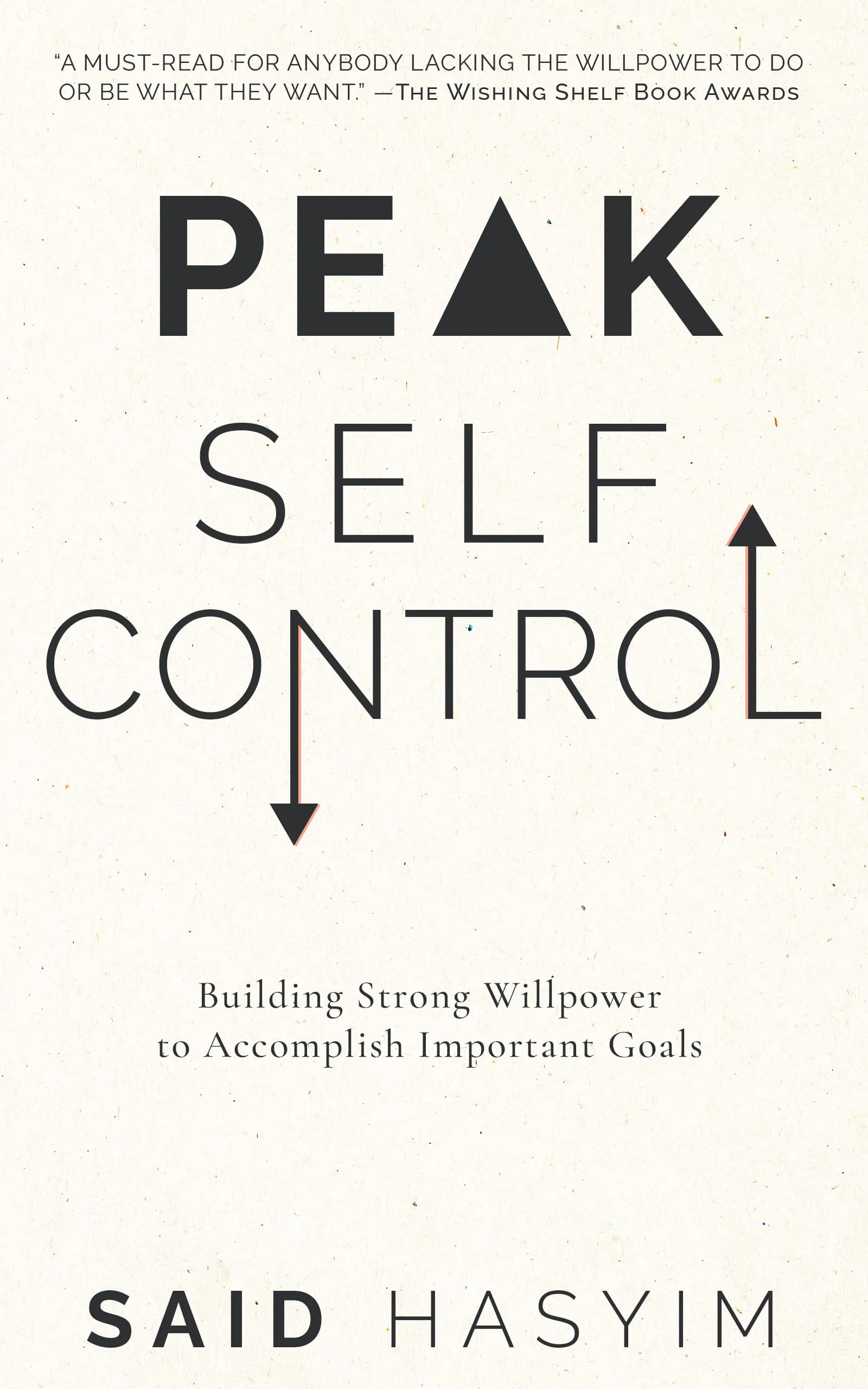How to Create a Self-Control Challenge for Growth
Self-control is a vital skill in our modern world, where distractions abound and instant gratification is just a click away. Whether you want to develop healthier habits, improve productivity, or simply become more mindful, setting up a self-control challenge can be a transformative experience. In this blog post, we will explore what a self-control challenge is, how to create one tailored to your needs, and tips for ensuring its success.
What is a Self-Control Challenge?
A self-control challenge is a structured initiative designed to help you resist temptation and develop better self-discipline. It can take various forms—ranging from abstaining from certain habits, such as junk food or excessive screen time, to committing to new practices like daily exercise or meditation. The idea is simple: you set a specific goal, establish a timeframe, and document your progress.
Benefits of a Self-Control Challenge
- Enhances Willpower: Engaging in a challenge can strengthen your self-control muscles, making it easier to resist temptation in the future.
- Encourages Mindfulness: The process of tracking your behaviors encourages reflection and mindfulness in your daily life.
- Increases Clarity on Personal Values: By determining what you want to control, you gain insight into your priorities and life goals.
- Builds a Support Network: Many people choose to undertake challenges with friends or online communities, providing encouragement and accountability.
Steps to Create Your Self-Control Challenge
Step 1: Define Your Goal
Start by identifying an area in your life where you feel the need for greater self-control. Here are a few examples:
- Nutrition: Reducing sugar intake or cutting out processed foods.
- Digital Habits: Limiting screen time on social media platforms or gaming.
- Exercise: Committing to a daily workout routine or a specific fitness goal.
- Mindfulness: Practicing daily meditation or journaling.
Once you've identified your focus, refine it into a clear, actionable goal. Instead of saying "I want to eat healthier," try "I will eat vegetables with every meal for the next 30 days."
Step 2: Set a Timeframe
Choosing a timeframe is crucial. Most challenges can last anywhere from 21 to 90 days, depending on the complexity of the goal and your own readiness for change. Here are a few considerations for setting your timeframe:
- Shorter Challenges (21-30 days): These are ideal for small changes or habits you're testing out.
- Medium Challenges (30-60 days): Good for goals that require a bit more commitment, such as forming new habits.
- Longer Challenges (60-90 days): Best suited for significant lifestyle changes that may take time to integrate fully.
Step 3: Establish Your Rules
Clearly defining the rules of your challenge will increase your chances of success. Consider the following:
- Inclusions: What exactly will you commit to doing or abstaining from? Be specific.
- Exclusions: Are there any exceptions or allowances? Must your commitment be absolute?
- Reward System: Establish small rewards for milestones along the way—these can be powerful motivators.
Step 4: Track Your Progress
Tracking your progress is crucial for keeping you accountable and monitoring your growth. You can use a physical journal, a digital app, or even a simple calendar. Here are a few tracking methods:
- Daily Check-ins: Dedicate a few minutes each day to reflect and record your experiences.
- Weekly Reviews: Set aside time each week to review your progress and make necessary adjustments to your plan.
- Share Your Journey: Post updates on social media or share with friends, creating accountability and encouragement.
Step 5: Seek Support
A self-control challenge can be significantly easier and more fulfilling when you have support. Consider these options:
- Involve Friends or Family: Invite others to join you in your challenge for camaraderie and motivation.
- Online Communities: Join forums or social media groups that focus on similar challenges.
- Accountability Partner: Find someone who can check in on your progress and share their own experiences.
Step 6: Reflect and Adjust
At the end of your challenge, take some time to reflect on your journey. What did you learn? What worked well, and what could be improved? Consider the following questions:
- Did you meet your goal?
- How did you feel throughout the challenge?
- What strategies were most effective for maintaining self-control?
Once you gather insights, think about how you can apply these lessons to future challenges. Remember, the key to growth is embracing both successes and setbacks.
Tips for Success
- Start Small: If you're new to challenges, begin with something manageable to avoid burnout.
- Stay Positive: Focus on your progresses, such as small victories, rather than fixating on setbacks.
- Be Flexible: If you find your initial goal too ambitious or unattainable, don't hesitate to adjust it.
- Practice Self-Compassion: If you slip or stray from your goal, don’t be too hard on yourself—everyone has setbacks.
Conclusion
Creating a self-control challenge can open doors to personal growth, leading to improved habits and a stronger sense of willpower. As you embark on this journey, remember that it's not just about restraint but also about discovering new aspects of yourself and enjoying the process of change.
By following the outlined steps, remaining committed, and reflecting on your experiences, you can harness the power of self-control and emerge transformed. So go ahead and create your challenge today—your future self will thank you!
Start Mastering Self-Discipline Today
Discover Peak Self-Control, a practical book to mastering self-discipline. Break free from distractions, build healthier habits, and improve your relationships. Gain effective strategies to enhance your willpower and make meaningful life changes, even amidst a busy schedule. Small adjustments can lead to significant improvements in your daily routine.
